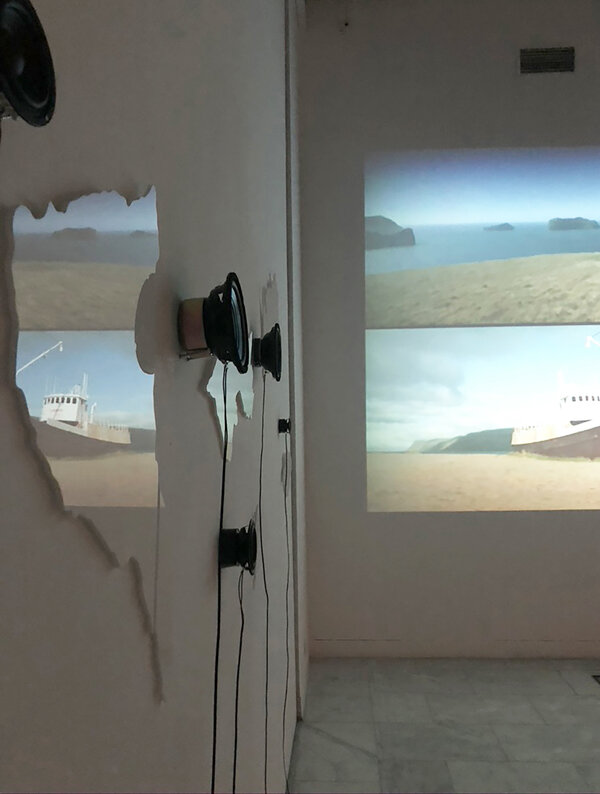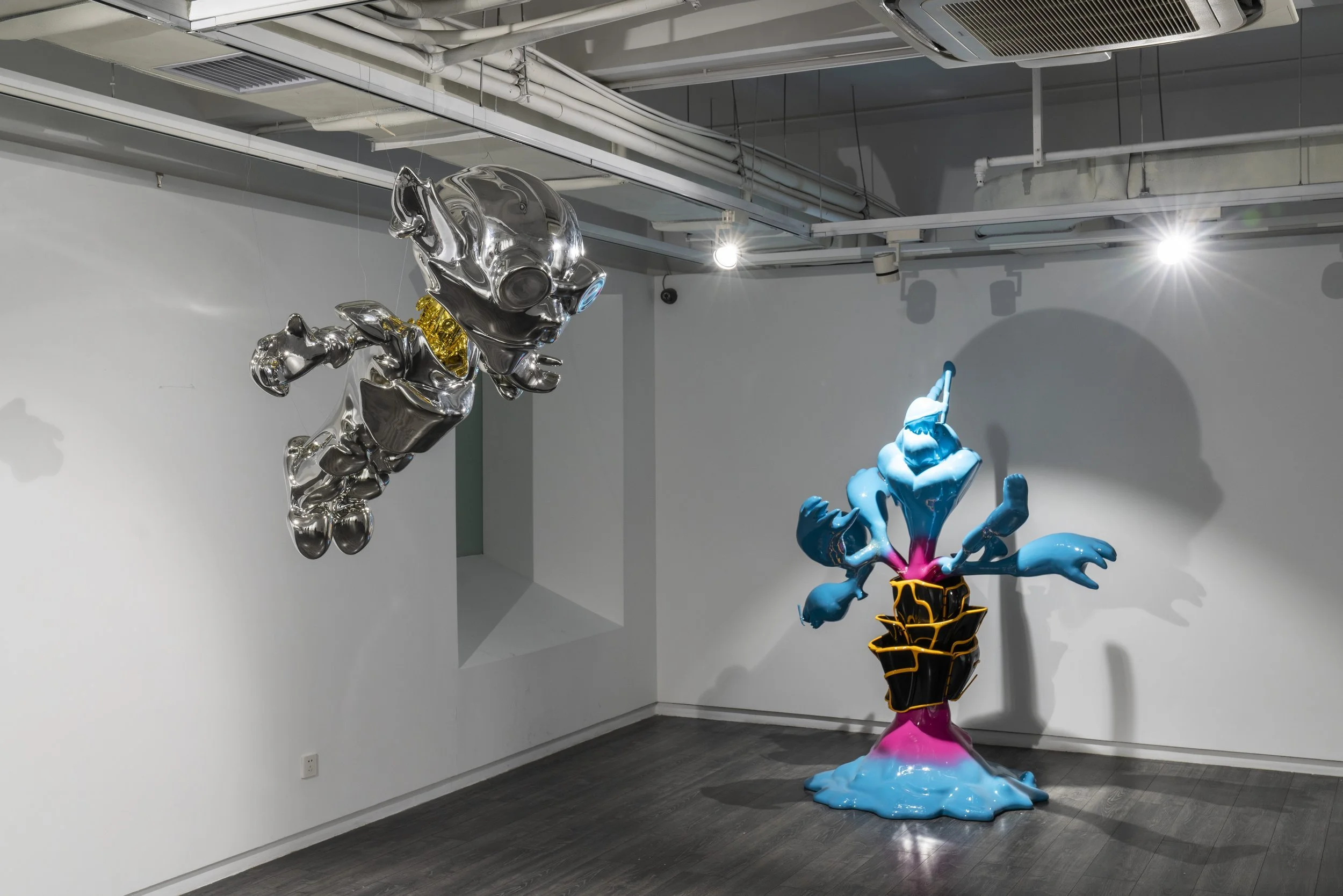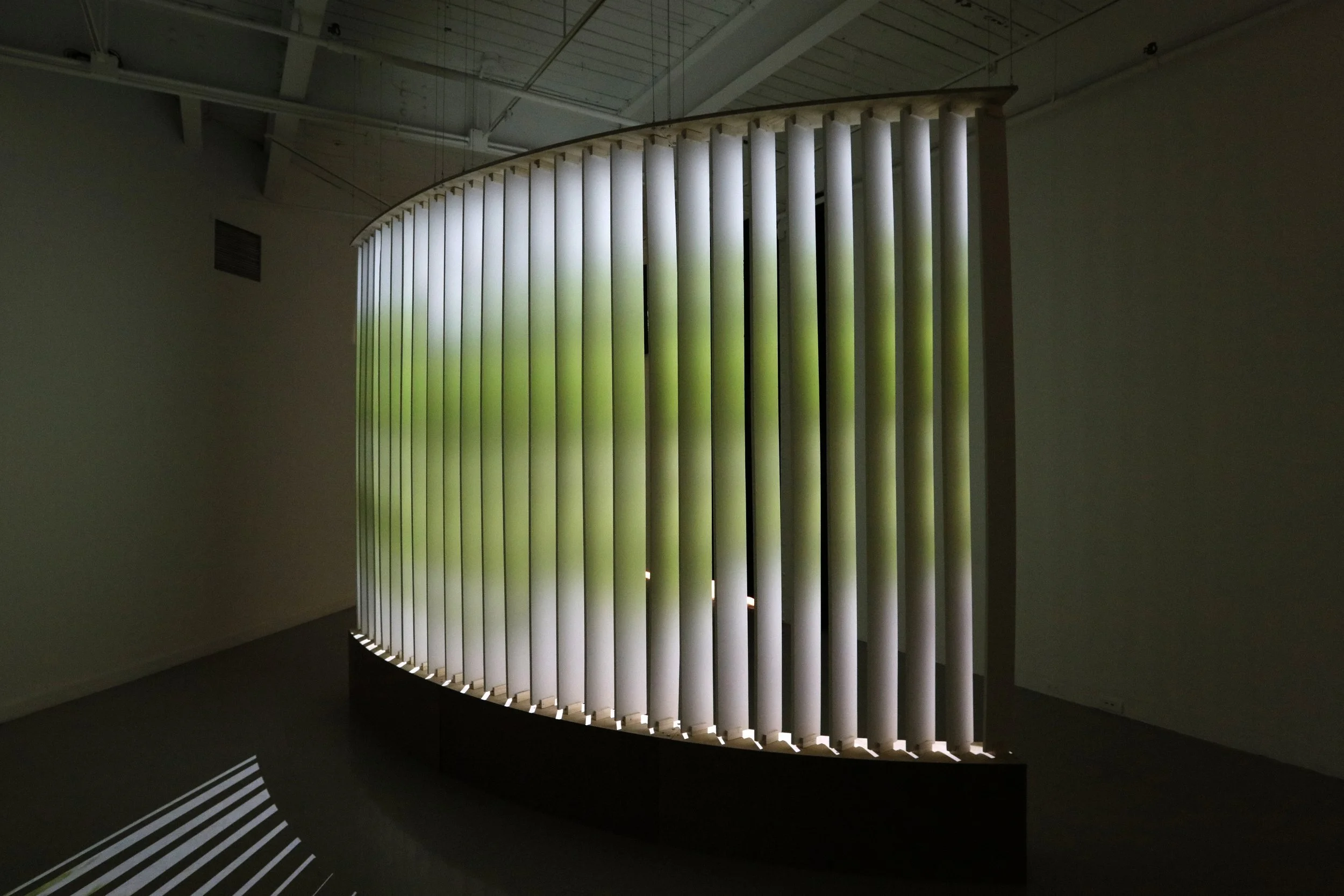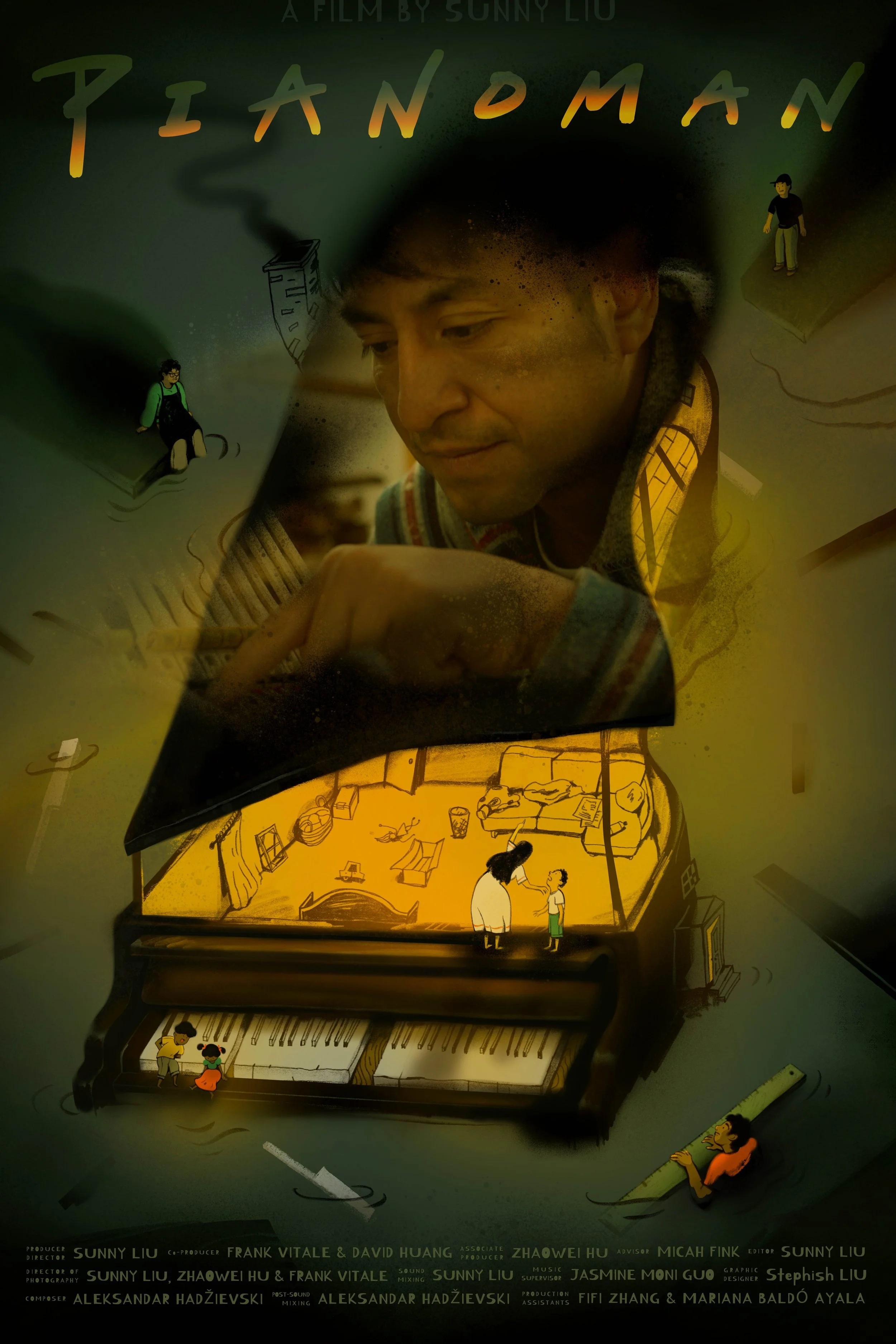8 Questions with Elizabeth Withstandley
Elizabeth Withstandley is a American artist featured in Al-Tiba9 ORIGINAL magazine, interviewed by Mohamed Benhadj.
Elizabeth Withstandley is from Cape Cod, Massachusetts, she lives and works in Los Angeles, CA. She is one of the co-founders of Locust Projects, a not-for-profit art exhibition space in Miami, FL. Upcoming exhibitions include AC Institute NY, NY, VisArts Rockville, MD, Exgirlfriend, Berlin, Germany, Govan Project Space, Glasgow, Scotland, NARS Foundation, Brooklyn, NY. She is a 2020 AIREE fellow at the Everglades National Park in Florida in October 2020.
Select past exhibitions include Carination Contemporary, Portland, Oregon, SIM gallery Reykjavik Iceland, Dimensions Variable, Miami, FL, Torrance Art Museum, Torrance, CA, Winslow Garage, Los Angeles, CA, Museum of Contemporary Art, North Miami, The Moore Space, Miami, Fredric Snitzer, Miami, The Ringling Museum of Art, Sarasota, The Tel Aviv Artists’ Studios, Israel, The Bass Museum, Miami, Cultural Center, Sao Paolo Brazil. Her work has been featured in Murze Magazine, SOLO, Art Papers, The Miami Herald, and The New Times.
Artifacts, individuality, and music are all central themes in my work. The projects take on the form of artifacts by their simplification and classification, frequently like relics from the natural history museum. The work questions individuality while presenting a portrait of a person, a group of people, or a specific culture. My work is rooted in conceptual art, taking the form of photographic series, film, video, and installations that explore contemporary culture through a narrative. What is it like to be an individual? How does the importance of individuality affect our daily life? Are there aspects within each person that makes them distinctly unique? Or are we all the same? I have been focusing on these thematic elements in the recent projects.
The participants play a significant role in the trajectory of each of my projects. Recently, the narratives moved further from fiction into the realm of non-fiction with the projects. “You Can Not Be Replaced,” “The Real Brian Wilson,” “The Symphony of Names: No Man Is an Island,” “Searching for the Miraculous (Part 1: One Day in Death Valley)” and “A Brief History of Happiness.”
Elizabeth, before talking about your art, could you tell us about yourself?
I am originally from Cape Cod, Massachusetts. I have a BFA in photography from Pratt Institute and an MFA from the University of Alabama. Currently, I live and work in Los Angeles, California. Before moving to Los Angeles, I lived in Miami, Florida, where I taught photography at The University of Miami. In Miami, I started a not-for-profit art organization, Locust Projects, with two other artists. We created Locust Projects to provide an opportunity for artists to create new works that were pushing the boundaries of their practice. The organization has grown over the years; I still serve on the Board of Directors and help administer the annual open calls for proposals. The art world often feels like some sort of elite club, so the hope is the Locust Projects can help provide a balance and help artists produce new projects that may not be produced otherwise. I'm a big fan of artist-initiated organizations. I believe that they fill a really important void in the art world.
Where did you get your imagery from? What sources did you use?
For THE SYMPHONY OF NAMES: NO MAN IS AN ISLAND I filmed in Iceland while on a one-month residency at SIM in Reykjavik. During my stay, I traveled all around the country, shooting in various locations. I was interested in showing the viewer a variety of landscapes that were descriptive of the country. The video follows a young boy as he walks slowly through desolate landscapes. Some of the locations in Iceland that I shot in were Vik, Jõkulsarlon, Hõfn, Seyðisfjörður, Westfjords, Hellnar, Vestmannaeyjar, and an ice tunnel. The installation is comprised of a four-channel video composite, ten speakers with ten channel audio, and acrylic islands. I worked with the Icelandic composer Gunnar Karel Masson while I was in Iceland to create the audio track.
Video installation
Video installation
Your questioning about Artifacts and individuality has a direct impact on the way you construct your artistic production. Could you tell us about your artistic research of THE SYMPHONY OF NAMES: NO MAN IS AN ISLAND?
In THE SYMPHONY OF NAMES: NO MAN IS AN ISLAND I was interested in how one ties their individuality to their name. I had just completed a project called THE REAL BRIAN WILSON, in which I created a website for the Brian Wilson's of the world to interact with and accumulate information on all of these people that share the same name. THE REAL BRAIN WILSON was realized as a two-channel video installation with digital artifacts, which enabled the viewer to think about how one's identity is affected by their name. In THE SYMPHONY OF NAMES: NO MAN IS AN ISLAND I wanted to expand my exploration of individuality by looking at a whole culture, one that doesn't use their surname as an identifying factor in their individuality. This led me to Iceland, where culturally, they don't have last names in the same sense as much of the world. Their last names are comprised of their mother of fathers the first name with "son" or "dóttir" on the end of them. So essentially, families in Iceland are not identified by all having the same name. Culturally they center on the first name and have an approved government list of names that Icelandic people choose from when naming a baby. The list has 4129 names on it, which we used in the audio track by creating a symphony with the human voice and ambient sounds. As for the video, I was interested in using this one individual that we follow through the landscape as we hear the names to get the viewer to think about how the unique naming in Iceland weighs in on individual identity.
Artifacts have been a part of a number of my works; they played a central element in the installation THE REAL BRIAN WILSON by providing a narrative and a background to the piece which let the viewer see a fuller picture. The acrylic islands that hang on the wall with the speakers in THE SYMPHONY OF NAMES NO MAN IS AN ISLAND serve as the element of artifact in the installation. I used the islands to emphasize the remote culture and the idea of individuality.
The Symphony of Names: No Man Is an Island.
Can your art go through political or religious paths to reach the truth? How far can you go with your art?
In my works, I'm interested in getting the viewer to think about different cultures, individuals, and experiences. I like the leave the viewer with questions and allow them to come to their own conclusions. I think there is room to explore political and religious paths in looking at individuality and identity. I haven't gone down that road specifically in my works at this point, but they are directions that I may tackle in the future.
My work always focuses on a concept; that's the core of my work. I think visual art can do a lot; it's a way of communicating with the viewer visually and steering the viewer to explore a topic or an idea that they might not otherwise. With my work, I hope that I leave the viewer thinking and questioning things after they leave my installations.
Your production includes different media such as photography, film, video, and installation to explore contemporary culture through a narrative. How would you describe that process to our readers?
My background is in photography, so I am naturally drawn to the medium. In my mind, photography, video, and film are all the same thing, a type of rendering of the world through a lens. I use the different mediums presented as installations because I'm interested in providing an immersive experience for the viewer. I like to start with the conceptual idea and think about how the idea is best conveyed. Is it a photographic series? An installation? Are there sounds involved? My projects often change shape as I work on them because I like to leave the trajectory of the project somewhat open so that it can find the proper form. When I started both THE SYMPHONY OF NAMES: NO MAN IS AN ISLAND and THE REAL BRIAN WILSON, I had no idea how the projects would be realized. I needed to allow both projects the freedom to be shaped through the process of creating them. For THE SYMPHONY OF NAMES: NO MAN IS AN ISLAND I knew I wanted to explore naming and the cultural identity of how names function in Iceland. I needed to actually go there and work with the framework that I set up to figure out how to fully realize it. I interviewed a non-traditional composer that lives in Reykjavik before I went to Iceland because I knew the sound component was really integral to the piece. I had this idea that I wanted this boy to be walking across the landscape and move from one video into another, but I didn't know if it would be difficult to find these desolate places to film until I got there. After being in Iceland and feeling how isolated it is as an island country, I decided that I needed to visually incorporate islands as objects in the installation to play on the uniqueness that islands hold in shape and form and their relation to the idea of an individual.
What project are you currently working on?
I just finished working on a project called SEARCHING FOR THE MIRACLOUS. It is a trilogy of video/installation works that use Bas Jan Aders's final work, "In Search of the Miraculous," as an entry point for a new experiential journey. The works explore identity, time, transcended experiences, and the romantic vision of a quest for something better. The project uses video, audio, music, and sculptural elements in the trilogy. It starts with a cinematic short, then a connected journey between two people and finally concludes with a journey of a glass jar floating across the sea. The project is presented as a three-channel installation with a few artifacts and a photograph. The project was slated to be exhibited at several gallery spaces this year, but due to virus, my exhibitions have been postponed for the most part.
In-Sonora 11 in Madrid, Spain at the EID gallery in March 2020. Photo courtesy Elizabeth Withstandley©
I'm finishing up a book at the moment that is focused on the second part of the SEARCHING FOR THE MIRACULOUS trilogy exploring the connected experience of the project. For part 2 of the trilogy, I traveled across the Atlantic by cargo ship. I invited Jordan Lee from the band Mutual Benefit to spend the month of July 2019 in Ireland at the Curfew Tower, which was the endpoint of the journey. I asked Jordan to work on a new music piece that would be based on my boat journey and accompany the video I was shooting. The book is comprised of excerpts of our daily emails and drawings that provide a visual detail from each day. This aspect of the project was really important in the creation of the work but lost for the viewer in the installation. They don't get to experience, what that connected journey was like. The book acts as an artifact, which often is an important component for me in my works.
























